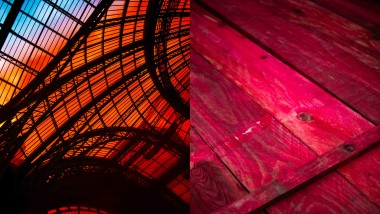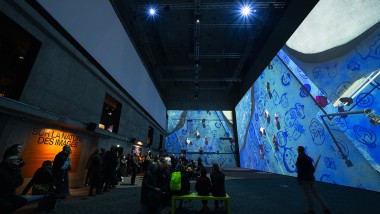
American Icons : who is Richard Diebenkorn ?
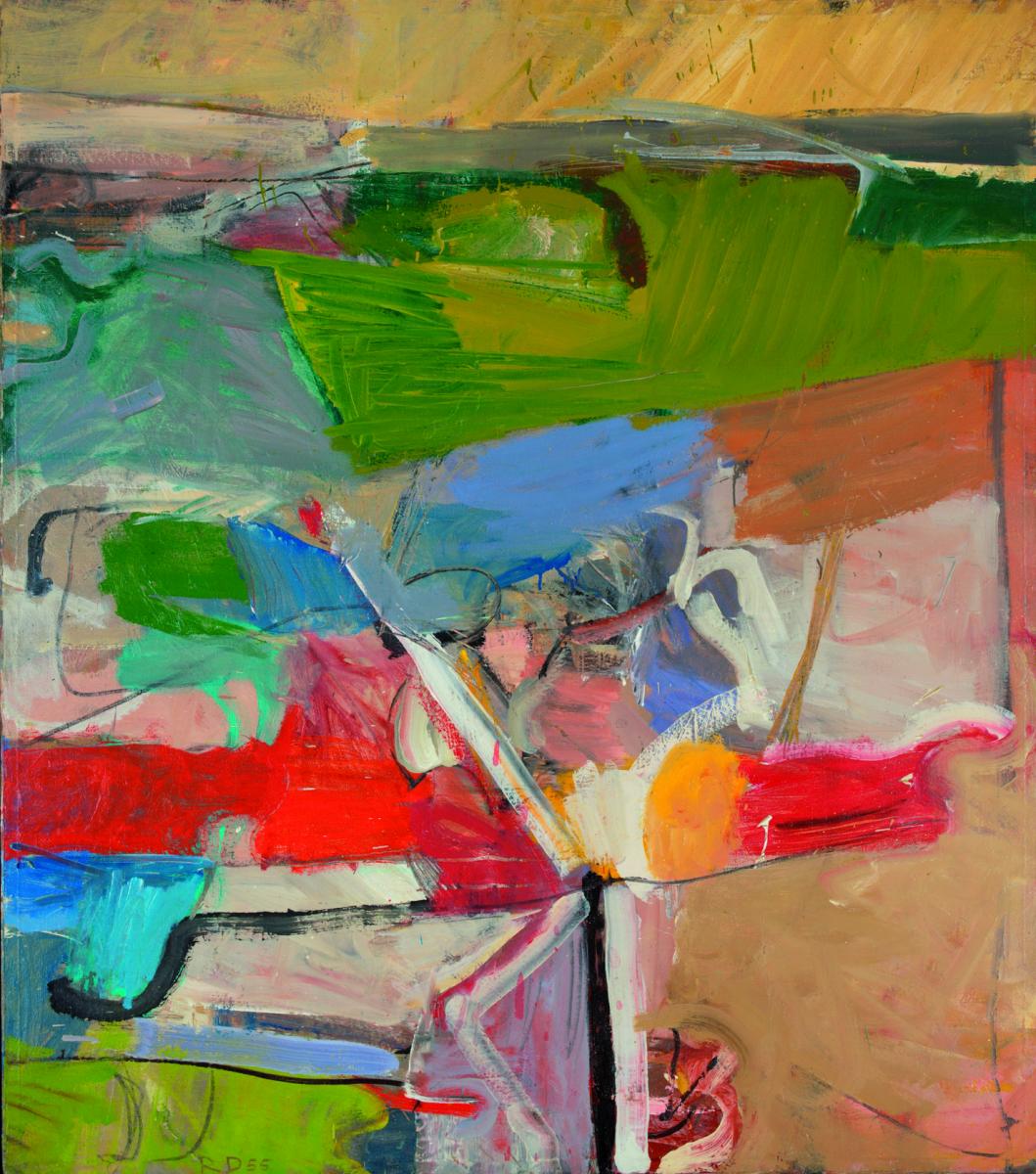
Visibly worked and reworked, these pictures do not represent locations so much as they approximate the contingent and ever-changing experience of living in a place. This experience, which is manifested in color, line, and extensive pentimenti—traces of alterations and previous states of a work—is characterized as much by emotion as it is by geographic characteristics.
Between 1953 and 1956, the years leading up to and coinciding with his unexpected and controversial shift to figuration, Diebenkorn created nearly five dozen abstract paintings titled numerically for Berkeley, California, the city in which he then lived and worked. Berkeley #23 and Berkeley #47, both painted in 1955, demonstrate the range of compositional and chromatic effects that he was able to achieve in these works. Ocean Park #54 (1972) and Ocean Park #122 (1980) come from a series of more than one hundred and forty paintings and several hundred works on paper that Diebenkorn began in 1967, after relocating to Los Angeles. In these works he returned to abstraction, using linear geometries that recall those he used to define the interior spaces of his figurative paintings. Diebenkorn later described the Ocean Park series as being liberated from the “concentration of psychology which a person is,” yet in their layered surfaces, visible underdrawing, and areas of reworking they are marked nevertheless by the physical and psychological labor of their own creation.

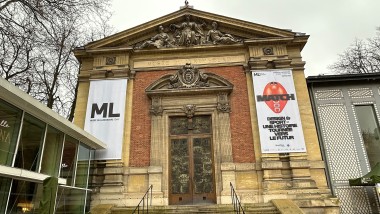
Design goes the extra mile for sport! The trailer for the next exhibition at the Musée du Luxembourg
Article - 11 March 2024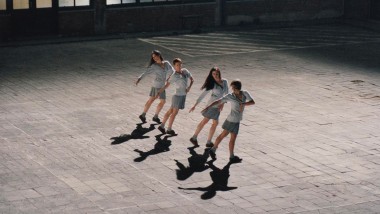
‘Rosas Danst Rosas', A contemporary dance by Anne Teresa De Keersmaeker in response to Stein
Article - 24 January 2024